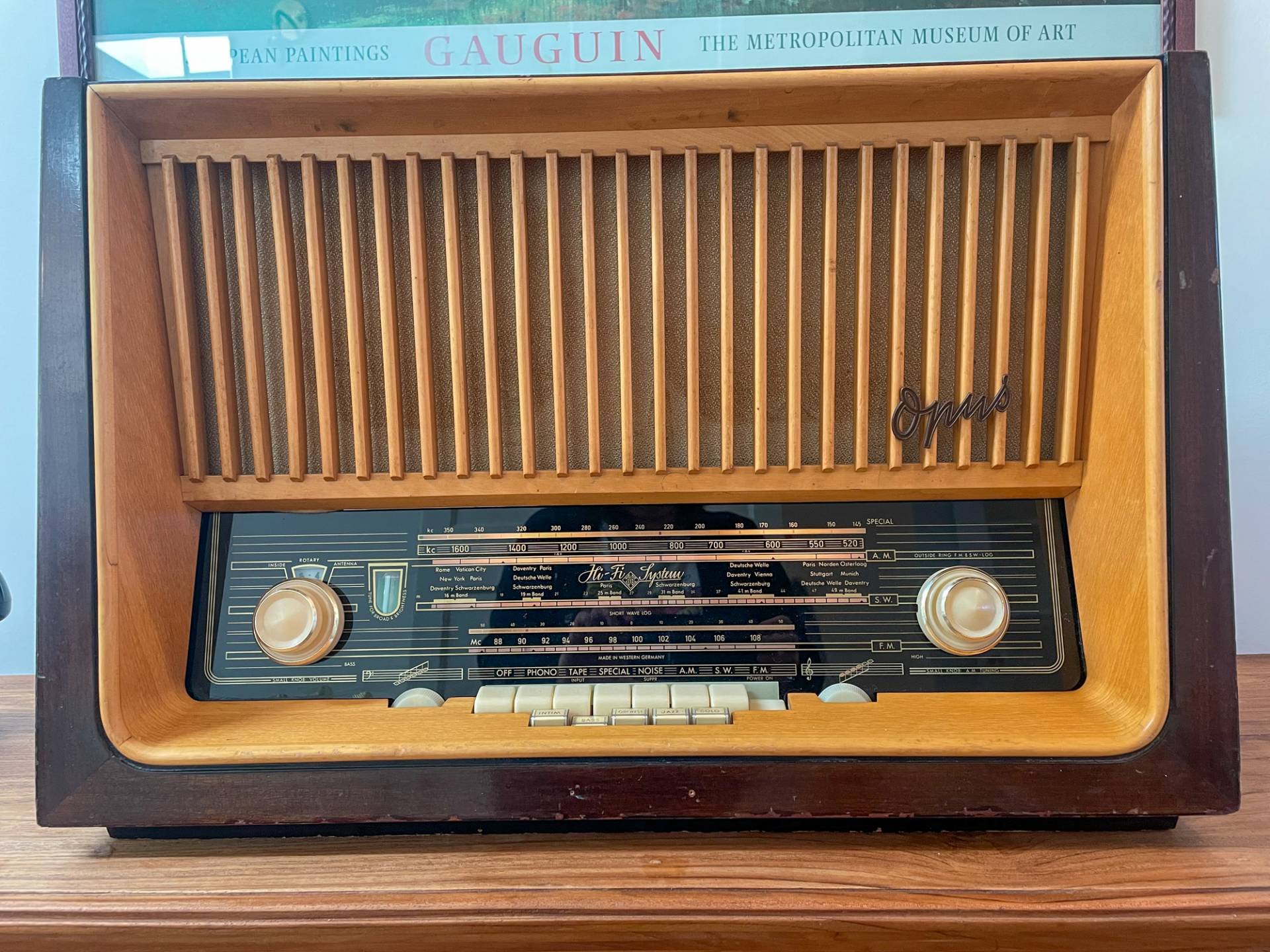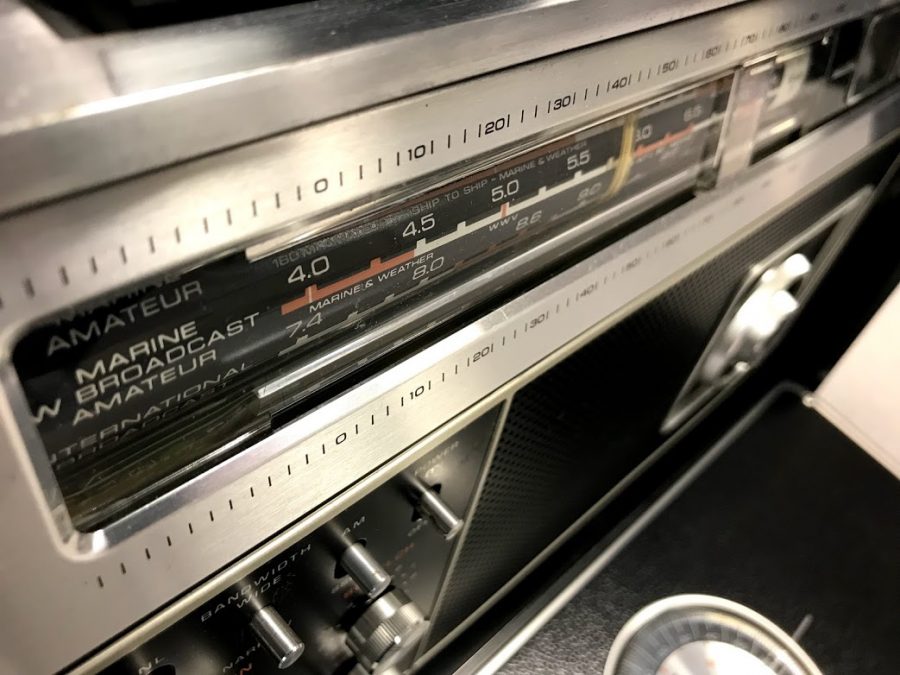Many thanks to SWLing Post contributor Dan Greenall, who writes:
The Voice of Mongolia from Ulaanbaatar was always tough to hear from my location in southern Ontario, Canada. Relatively quiet conditions and a clear frequency eventually allowed me to make a recording of their interval signal and bilingual identification (presumed Mongolian and English) on November 1, 1998. This was on 12085 kHz at 1230 UTC. I was using a Panasonic RF-3100 portable receiver and a very long wire antenna.
Recording #1 November 1, 1998 1230 UTC 12085 kHz sign on in English (received in Ontario, Canada)
Today, reception of their programs still seem to be challenging, even with the use of remote SDR’s. Their schedule runs from 0900 to 1100 UTC on 12085 kHz, and again from 1300 to 1500 hours on 12015 kHz. Half hour English language segments begin at 0900 and 1430. Their distinctive interlude tune has remained the same through the years.
Recording #2 July 11, 2025 1300 UTC 12015 kHz sign on in Japanese (used Korean SDR)
Recording #3 July 12, 2025 1430 UTC 12015 kHz Chinese ending then sign on in English (used Korean SDR)
73
Dan Greenall, Ontario, Canada
Thank you for sharing these fine recordings, Dan!






